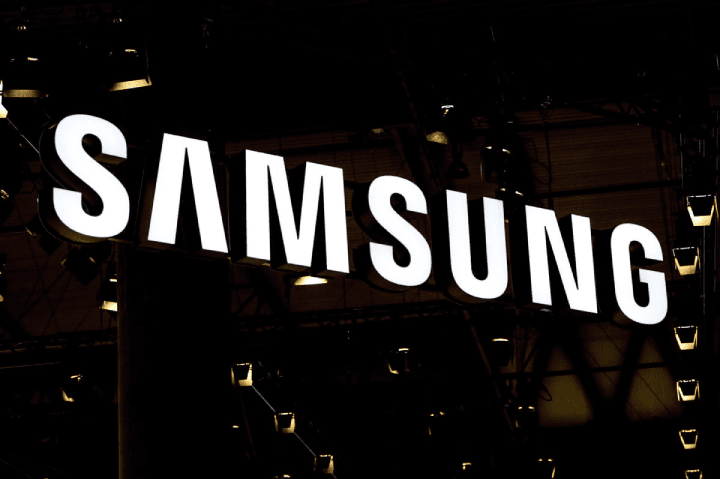
Qualcomm launched the newest member of its network product portfolio: a module called a radio frequency filter that can be installed in smartphones and other devices to optimize Internet connections. The module is called ultraBAW and is part of the modem-to-antenna strategy described by the company.
Qualcomm is a leading supplier of modem chips, and devices such as smartphones use these chips to connect to carrier networks. But establishing a connection requires more than just a modem. An antenna is also needed to send and receive the radio waves that transmit data from the cell phone tower to the cell phone. Networked devices also need amplifiers to enhance the strength of incoming transmission and various other components. Qualcomm's listing strategy is to provide equipment manufacturers with all the components needed to connect their products to the network. Obtaining a complete kit for implementing Internet connectivity simplifies the procurement operations for hardware manufacturers. It also simplifies product design in some aspects, because each component can be used out of the box and can work well with each other, so hardware integration is more labor-saving.
The new ultraBAW RF filter is an important part of the high-pass modem-to-antenna strategy. The RF filter is a compact module that helps networked devices block interference, such as wireless signals generated by other gadgets. Reducing interference can improve the reliability of the connection. This means that the risk of network problems is reduced and performance is improved. Qualcomm said its new UltraBAW filter helps improve the reliability of 5G and Wi-Fi connections. The company's goal is to apply the module to various systems, including "Internet of Things" devices such as mobile phones, laptops, vehicles and industrial equipment.
Qualcomm is already selling a radio frequency filter called UltraSAW, which can block interference between frequencies in the 600 MHz to 2.7 GHz range. The new ultraBAW covers the 2.7GHz to 7.2GHz range and is used for 5G connections and routers supporting the latest Wi-Fi 6E technology. The 5G standard provides Internet connection speeds 100 times faster than LTE networks, while Wi-Fi 6E provides a maximum speed that is almost three times that of Wi-Fi 5. Qualcomm sells multiple types of filters because different frequencies present different technical requirements. The 600MHz to 2.7GHz range is the part of the spectrum for the ultraBAW target and is usually used to support high-speed connections. Therefore, filtering interference is more complicated than in the lower frequency range, which requires chip companies such as Qualcomm to design specialized hardware for this task.
Chip overheating is one of the challenges solved by filters such as ultraBAW. Since blocking interference in the 600MHz to 2.7GHz range is more complicated, radio filters generate more heat when performing tasks, just like the central processing unit when running demanding applications. Qualcomm said that ultraBAW has "thermal module technology improvements" to improve operational efficiency. "While 5GHz Wi-Fi needs to coexist with the cellular n79 band (simultaneous operation), it provides mobile devices with the ability to use the newly available spectrum on the same device at the same time," wrote Qualcomm executive Christian Block in a blog post. Moreover, Block added that the module can "maintain control of interference, power consumption, and heat dissipation at high frequencies."
UltraBAW can be installed not only in smart phones, but also in other systems such as cars. This fact will help Qualcomm to further its efforts to gain more chip market share outside of the mobile field. The automotive industry has always been a particular focus of the company. Earlier this month, Qualcomm partnered with investment company SSW Partners to acquire Veoneer Inc., a supplier of smart car technology, for US$4.5 billion. According to Qualcomm, the first commercial equipment using UltraBAW technology will be available in the second half of 2022.



